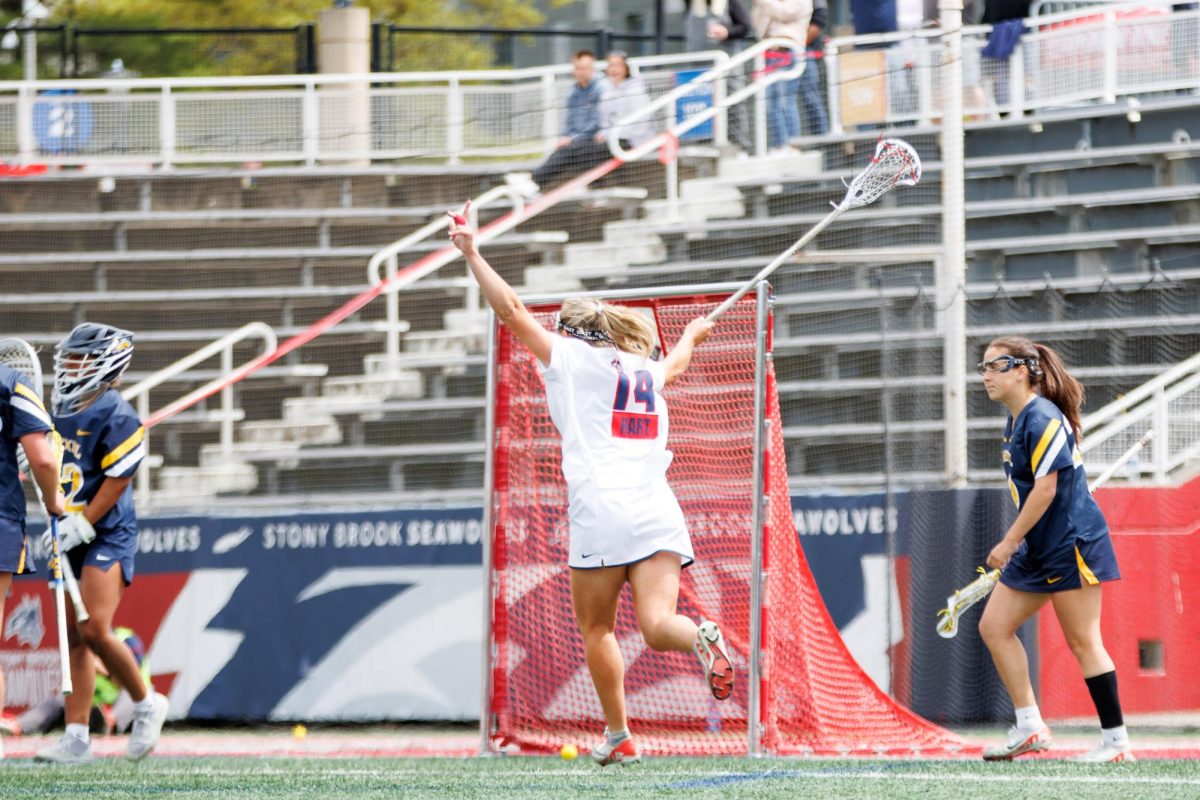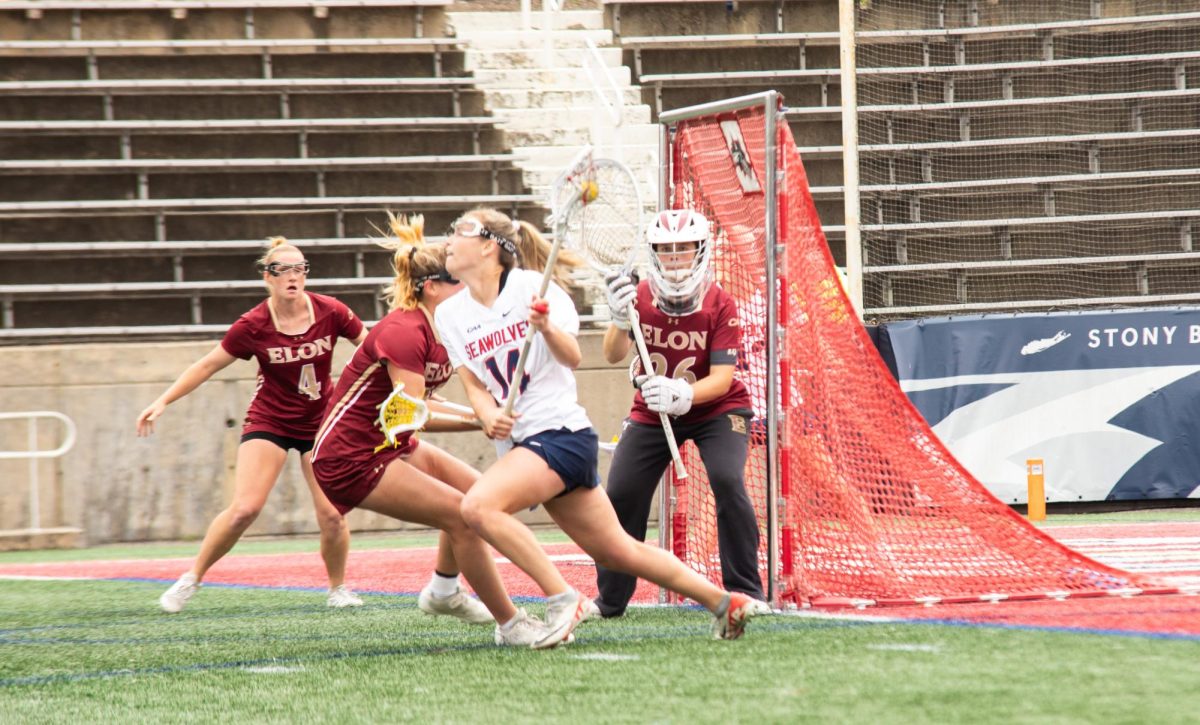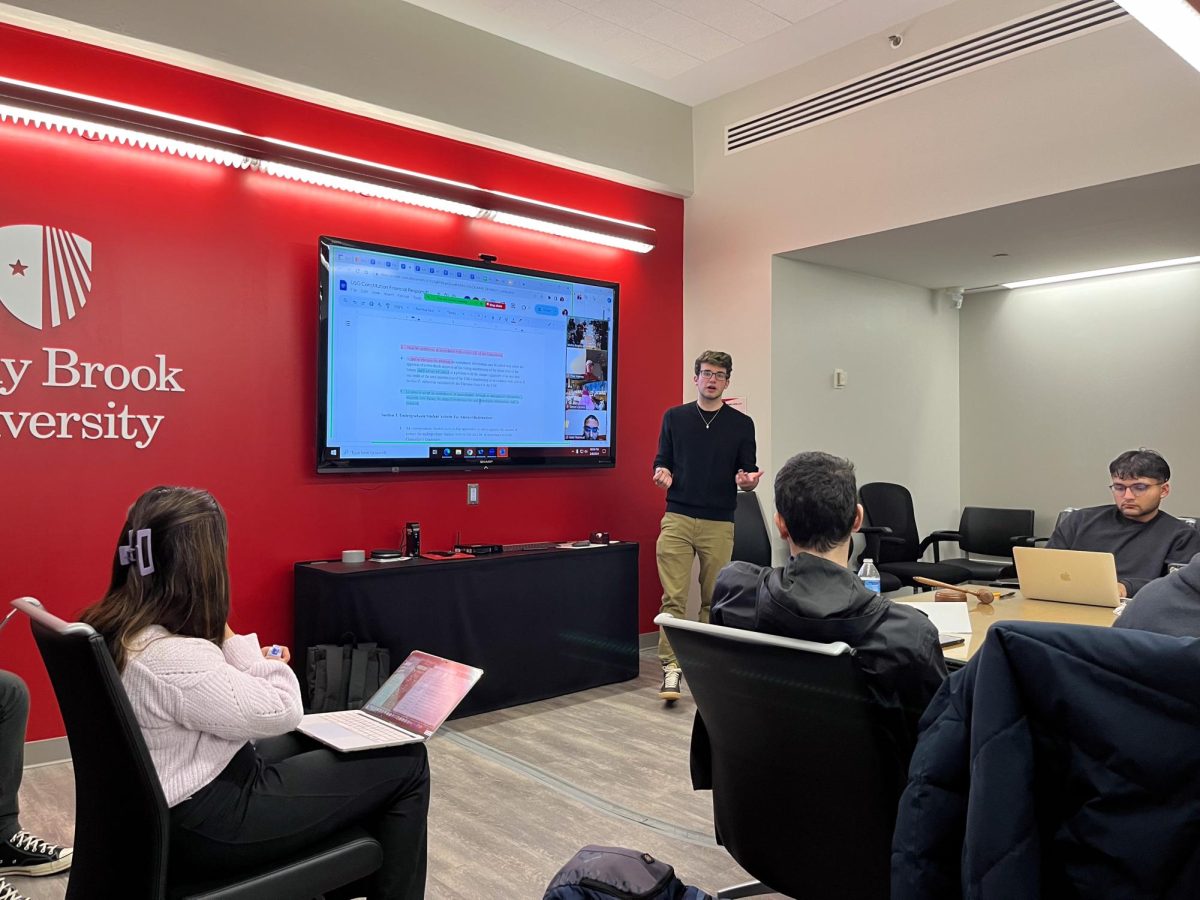
As Halloween approaches, students are getting into the spirit of the spookiest celebration of the year with candy, costumes and monsters galore. But the most present and popular monster around looks just like the average person—just lifeless, scarred and hungry for human brains.
Zombie fever has been sweeping the campus this past week to scare the students and faculty. The Staller Center recently hosted a double screening of the 1968 zombie cult film “Night Of The Living Dead” and the groundbreaking zombie satire, 2004’s “Shaun Of The Dead.”
This came at the beginning of the hyped Humans vs. Zombies event, in which students armed with NERF blasters attempt to survive for a week while being pursued by students designated as zombies. These events are ideal not just for Halloween, but to signify the peak of zombie culture’s rise in society today.
Some of the most successful horror movies of the past twelve years have been zombie films (“Dawn of the Dead,” “28 Days Later,” “Shaun of the Dead,” “Zombieland,” “Land of the Dead”). One of the most acclaimed and popular shows on cable is the adaptation of the comic book “The Walking Dead.”
Video games have taken a great liking to the undead (“Resident Evil,” “Left 4 Dead,” “Dead Rising”). Zombies have even taken a role in a classic novel in 2009’s “Pride and Prejudice and Zombies.”
So why are zombies the monsters in demand? Should it not be vampires, werewolves or good old fashioned masked menaces? When talking to Paul Newland of the Staller Center, he said he does not find the rise in popularity all that surprising.
He credits the Internet’s constant devotion to the classics, specifically those from the 1970s, and video games using zombies as target practice help create a slow growing obsession. When films like the “Evil Dead” franchise elevated the scare and gore factor, it pushed the genre through the 1980s.
Audiences were not very fond of zombies during the 1990s, but the genre found a home in the “Resident Evil” video game franchise, which now consists nine games.
Zombies were given new life in 2002 when Danny Boyle unleashed “28 Days Later.” In that film, zombies were more rabid, ran like animals and gushed blood from every undead pore.
The British film was a hit on American shores, especially among fans of the genre. American film director Zack Snyder made his debut with a remake of George A. Romero’s sequel “Dawn of the Dead,” which had critical and box office success. It allowed zombies to be welcomed back into Hollywood.
Zombies are very popular, but with every piece of fiction, one must wonder if it could ever be fact. Humans vs. Zombies participant and student Aaron Levinson, a freshman computer science major, says that people truly believe a zombie outbreak is possible, though highly unlikely. “I’ve seen a chart on Reddit that rates a person’s survival level in a zombie apocalypse based on how smart they are. It’s really interesting,” he said.
Reports of people stockpiling their basements with supplies and arms in the event of a catastrophe like this are interesting. A recent report of a man eating off another man’s face in Florida even sparked news stories of a possible zombie outbreak, though that idea was cast aside after the assailant was actually on drugs called bath salts. But with such a large reaction, one had to wonder, had the obsession become a real fear?
Whether or not zombies could walk among us, there is still true terror when it comes to the undead, as Newland points out. He notes how the “eerie music and simplicity” of “Night of the Living Dead” remains frightening 44 years later, and the fact that films like “28 Days Later” and “Land of the Dead” have made zombies more agile and maniacal only adds to the terror.
But the fact that people love the genre so much that they will poke fun at it, like “Shaun of the Dead” or “Cabin in the Woods,” or add more fun and humor to the doom and gloom setting, like “Zombieland,” proves there is still life in the franchise of the undead.













